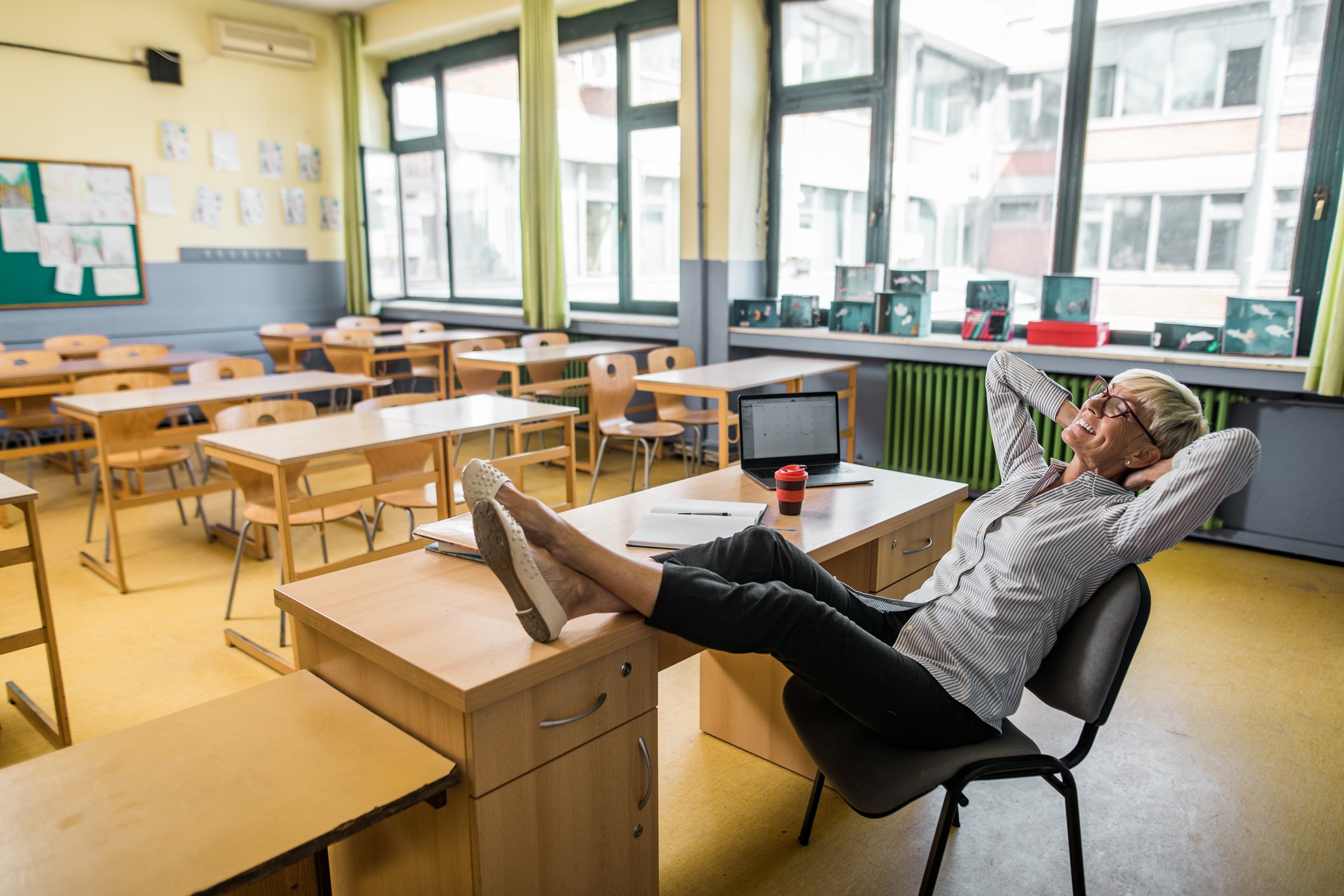
Whether the school year is in person, fully remote, or a hybrid of the two, teachers, administration, and school support staff are collectively navigating uncharted territory. As we enter a brand-new normal, educators are bound to face new challenges in the classroom.
Below are a few simple recommendations that educators can implement into their daily curriculum.
1. Utilize interactive platforms and games
Many teachers who are fully remote struggle to balance the pedagogy of instruction with engagement. Virtual video platforms like Zoom, Google Hangouts, and Webex allow teachers to connect with their entire class at once to provide more engaging, effective online instruction. However, watching a PowerPoint or looking at documents for an extended period of time can leave students uninvolved and wanting more.
Some virtual platforms have interactive modules that teachers can use to facilitate engagement. Additionally, teachers can utilize PowerPoint add-ons that embed activities or games. Pear Deck, Mentimeter, and Kahoot are digital integrations that teachers can add to virtual or in-person lessons. As a student myself, I can attest that Kahoot always breaks up the monotony of presentations or lessons to make learning exciting!
2. Facilitate discussions and collaboration
Finding pathways to engage students in group discussions to build collaboration and communication skills is critical this upcoming school year. Since the COVID-19 lockdowns, in-person social interaction has changed dramatically, so giving students the space and opportunity to connect and collaborate will be necessary for their development. If your classroom is fully virtual, consider breakout rooms on your virtual platform or a discussion forum where students can express and share ideas. For remote, hybrid, or in-person learning, a long-term group project or research activity that gives students the opportunity to collaborate together is also a great option.
It’s important to also consider universal supports for all students who are less comfortable in group settings. Some students may thrive speaking up and writing ideas on a discussion forum but are less successful sharing over video in a classroom setting. Remain flexible and allow for all types of sharing and collaboration techniques based on the modality and comfort of your individual students.

Source: istock.com/vectorikart
3. Make time for social and emotional learning
COVID-19 has proven to be a difficult time for our society, especially for children, who are still developing and trying to understand their changing circumstances. Whether you’re remote or in person, educators must create the environment and opportunities in which student growth is possible. To help your students process this shared experience, teachers must make time for activities that promote socio-emotional learning during the week. This will help students feel supported by their learning environment and build skills to cope, heal, and thrive.
Weekly journal assignments are a simple activity that dually builds writing skills and can serve as a way for teachers to check in with their students’ emotional state. Consider the following questions to start:
- What would a perfect day look like to you?
- For what in your life do you feel most grateful?
- What is your favorite memory?
- What does friendship mean to you?
- Describe something that makes you angry. Why did you choose that?
- How do you have fun and unwind?
Other activities that teachers can utilize are a “worry scale” to check in or assigning the “vision board” activity for students to cut out or draw images that reflect their goals, aspirations, and dreams.
4. Be available and flexible
Your students may react to distance learning or changes at school (wearing a mask, physical distancing, etc.) in various ways. Be ready for behavioral changes—such as early learners seeking attention and teenagers coming to class late with a quieter demeanor. Remember that your students are going through immense developmental changes and feelings during these unexpected societal changes. Some students might have difficulty adjusting from their summer sleeping schedule or creating a routine for this upcoming school year, so try to remain flexible and give students time to gather their bearings.
There are students who will miss assignments in the beginning of the year because they are overwhelmed or hindered by technological difficulties. Take the time to check in individually with each student to provide a safe environment for your students to express their emotions, and provide flexible deadlines as needed.

Source: istock.com/skynesher
5. Prioritize your own self-care
Self-care can keep you at the top of your game and ready to handle any challenges that come up during this difficult time. A positive, healthy self-care strategy can include activities that address physical, psychological, emotional, spiritual, social, and professional factors every day. Below are a few quick activities that almost any teacher can incorporate into their daily lives to de-stress:
- Schedule breaks into your daily routine—ten to twenty minutes a day to decompress from any items that may be causing stress.
- Practice positive self-talk and affirmations to develop compassion and empathy for yourself.
- Practice deep breathing and mindfulness.
- Find and seek out social support. Talk to other teachers or school support staff about your stress and shared experience.
- Organize, organize, organize! Create plans and to-do lists to keep you from getting overwhelmed, and keep your working space orderly and efficient.
Every teacher is encouraged to find practices that will work best for their schedule, but make sure to take the time to avoid stress and burn-out. Just remember, these times are difficult for parents, students, and educators alike, but we are all in this together and will make it through!
Seeking more professional learning resources?
See what our professional development team can do for you!
Monet Hendricks is the blog editor and social media/meme connoisseur for Social Studies School Service. Passionate about the field of education, she earned her BA from the University of Southern California before deciding to go back to get her master’s degree in educational psychology. She currently attends the graduate program at Azusa Pacific University pursuing advanced degrees in school psychology and Applied Behavior Analysis. Her favorite activities include watching documentaries on mental health and cooking adventurous vegetarian recipes.
I agree that educators must create the environment and opportunities in which student growth is possible whether you’re remote or in person. My brother is studying data science in college and is struggling since they’re taking the classes online. I’ll share this with him later. Thanks. https://learndataanalytics.ca/course-details
I agree that many teachers who are fully remote struggle to balance the pedagogy of instruction with engagement. My brother is a counselor and wants to create a program that will help students cope with online learning through virtual therapy. I’ll share this with him to help with the planning. Thanks! https://kindbridge.com/
It was a great tip when you said to have routine breaks during class to prevent yourself from getting burnouts. I’m trying to find an elementary school for my son, and I like it to be the one that represents our family values. Thank you for the tips, I’ll make sure to look for the best elementary schools in the city that offers STEM assemblies.